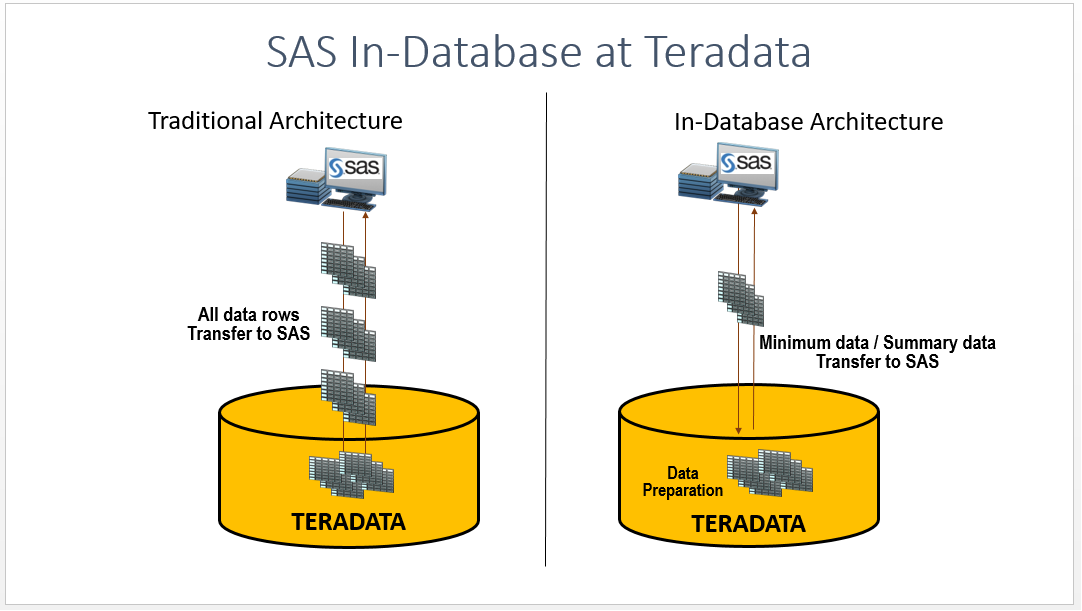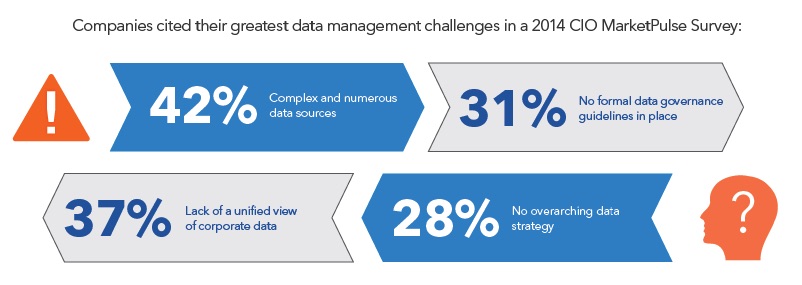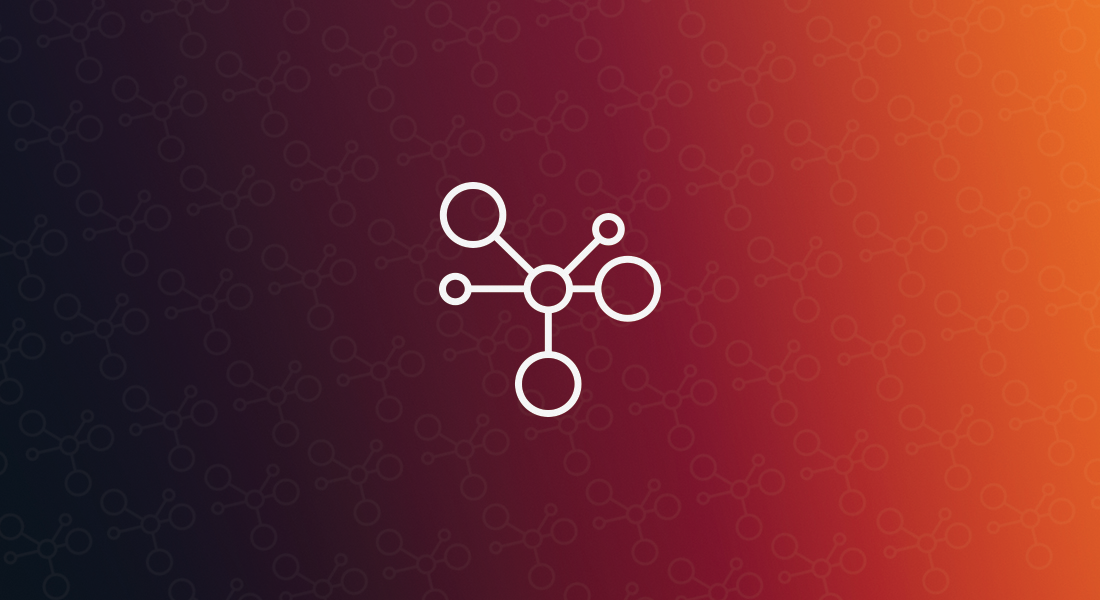
Learn about how I used Python, SAS, GPS, and heart rate data to track and visualize my snowboarding performance.

Learn about how I used Python, SAS, GPS, and heart rate data to track and visualize my snowboarding performance.

Having the right data analytics platform can help law enforcement solve crimes faster.

Learn why integrating EHR data with pharmacy and claims data improves patient care.

Nancy Rausch shares 4 examples of the role data management techniques play in responding to COVID-19.

By now you’ve seen the headlines and the hype proclaiming data as the new oil. The well-meaning intent of these proclamations is to cast data in the role of primary economic driver for the 21st century, just as oil was for the 20th century. As analogies go, it’s not too

The headline from the Newark Star-Ledger tells the story: “N.J. drug overdose deaths in 2018 on a record-shattering pace.” The opioid crisis continues to grow in New Jersey. From July 1, 2016 to June 30, 2017, the state saw a 34.7 percent increase in the number of opioid-related deaths, a

David Loshin provides an alternate take on streaming data in the context of legacy systems.

In the extended enterprise, data integration challenges abound. David Loshin explains.

Much has been written about the value that North Carolina’s Criminal Justice Law Enforcement Automated Data Services (CJLEADS) system has brought the state’s court personnel and law enforcement officers. CJLEADS integrates dozens of NC criminal justice and law enforcement data sets, a vast improvement over the state’s legacy processes. Law

When using conventional methods to access and analyze data sets from Teradata tables, SAS brings all the rows from a Teradata table to SAS Workspace Server. As the number of rows in the table grows over time, it adds to the network latency to fetch the data from a database

To get full value from analytics programs, Todd Wright says be sure you can first access, integrate, cleanse and govern your data.

To do their jobs well, Joyce Norris-Montanari says users doing analytical data preparation need access to both standardized and raw data.

Phil Simon shares his thoughts on this simple yet often-overlooked question.

Los usuarios empresariales dependen de la disponibilidad de los datos, que estos sean confiables y que estén fácilmente disponibles cuando se necesita. Sin embargo, con datos dispersos en sistemas dispares y volúmenes de datos que aumentan rápidamente, la integración de estos no es una tarea fácil. Ante tal escenario,

Clark Bradley explains how SAS can make Hadoop approachable and accessible.

David Loshin discusses two common roadblocks in moving Hadoop from proof-of-concept to production.

I’ve had several meetings lately on data management, and especially integration, where the ability to explore alternatives has been critical. And the findings from our internet of things (IoT) early adopters survey confirms that the ecosystem nature of data sources in IoT deployments means we need to expand the traditional

As the application stack supporting big data has matured, it has demonstrated the feasibility of ingesting, persisting and analyzing potentially massive data sets that originate both within and outside of conventional enterprise boundaries. But what does this mean from a data governance perspective?

Data integration helps a successful business make things simple and quick for customers, and keeps them coming back. While a company will have data silos, data held within one area is made available to others in order to help the customer. In most local, county and state governments that is

Data integration teams often find themselves in the middle of discussions where the quality of their data outputs are called into question. Without proper governance procedures in place, though, it's hard to address these accusations in a reasonable way. Here's why.


Why they will still play a valuable role in organizational data-management and -integration efforts.

Absent a strong executive presence, most mature organizations will continue to muddle through data integration.

The “big” part of big data is about enabling insights that were previously indiscernible. It's about uncovering small differences that make a big difference in domains as widespread as health care, public health, marketing and business process optimization, law enforcement and cybersecurity – and even the detection of new subatomic particles.

What's more, CXOs who believe that they can substitute data scientists for real data integration are as foolish as the duffer who consistently uses the wrong club.

Tutti siamo a conoscenza del fatto che avere acqua pulita è una condizione necessaria alla sopravvivenza. Senza, è possibile restare in vita per circa tre giorni. Quindi cosa succede quando la fonte è inquinata? A meno di non filtrare acqua con particolare attenzione, le conseguenze per l’organismo saranno sicuramente negative.
.@philsimon asks some fundamental questions about taking the next step with #bigdata.

As I explained in Part 1 of this series, spelling my name wrong does bother me! However, life changes quickly at health insurance, healthcare and pharmaceutical companies. That said, taking unintegrated or cleansed data and propagating it to Hadoop may only help one issue. That would be the issue of getting the data

In the past, we've always protected our data to create an integrated environment for reporting and analytics. And we tried to protect people from themselves when using and accessing data, which sometimes could have been considered a bottleneck in the process. We instituted guidelines and procedures around: Certification of the data

Creating a strategy for the data in an organization is not a straightforward task. Not only does our business change – our software solutions also change before we can ever get done with a data strategy. So, I choose to understand that a strategy has a vision, and my vision may change